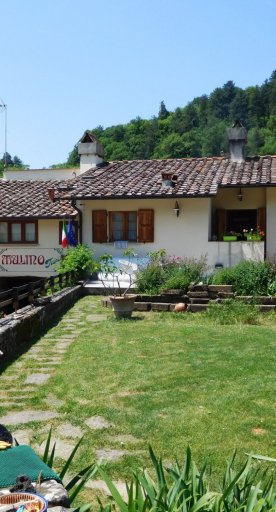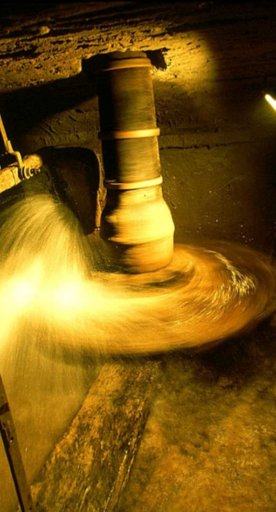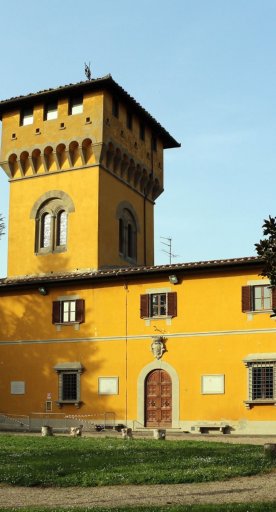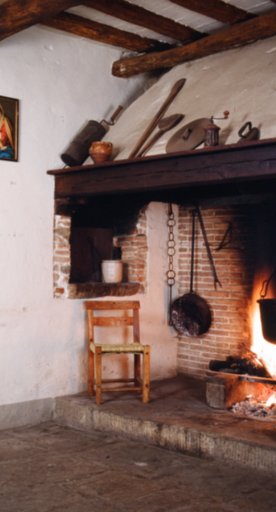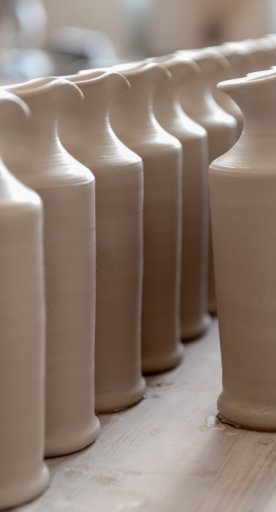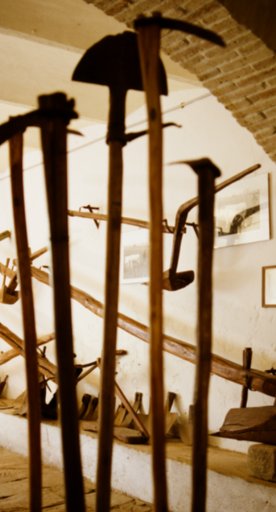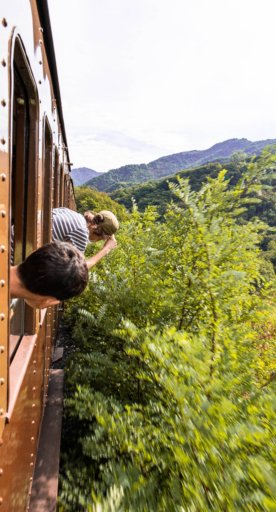Some miles north-east of Florence, among the green hills, tall cypresses and Medici villas, we find the Mugello: a land of artists, it was designed with care and is cared for with love. Here we will discover Borgo San Lorenzo, one of the most important centres in the Sieve Valley.
Born around the court of the Ubaldini, where the ancient Roman town of Annejanum once stood, Borgo San Lorenzo entered the second millennium under the influence of the Florentine bishops. In 1273, however, it rebelled and won its own independence.
The construction of the walls and the two gates - Porta Fiorentina and Porta dell'Orologio - goes back to 1351. From the sixteenth century onwards the town began a new period of peace and prosperity as part of the Grand Duchy of Tuscany.
More recently the town has come into its own as the main centre of the Mugello: in 1913 it hosted the Industrial Agriculture Exposition of the Mugello and the Val di Sieve. A few years later, however, in 1919, an earthquake rocked the whole area, and Borgo San Lorenzo did not escape unscathed.


